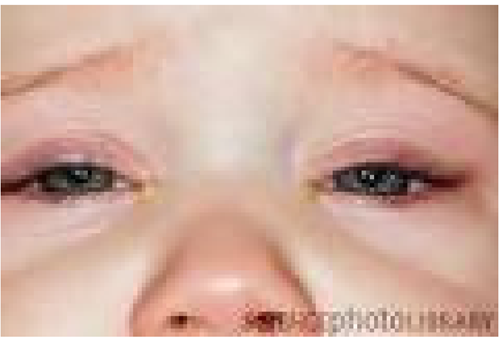Conjunctivitis: management in children
exp date isn't null, but text field is
Objectives
This guideline provides a protocol for the management of bacterial conjunctivitis, viral conjunctivitis and ophthalmia neonatorum.
Scope
This guidance applies to medical and nursing healthcare professionals.
Audience
All clinical staff caring for children, infants and neonates.
November 2023: This guidance is currently under review as it has gone beyond the standard review date. It reflects best practice at the time of authorship / last review and remains safe for use. If there are any concerns regarding the content then please consult with senior clinical staff to confirm.
Conjunctivitis is a common infection of childhood. Patients will have peripheral injection of their conjunctiva causing a red eye. It can be difficult clinically to differentiate between bacterial and viral aetiology. Conjunctivitis is generally a self limiting condition, however a Cochrane review of adult conjunctivitis demonstrated there is an improvement in symptoms with topical antibiotic therapy in those with suspected bacterial conjunctivitis. All children should have a thorough eye examination. Remember to be vigilant and consider other differential diagnoses of a red eye.

There are proven positive predictors:
- Sticky eyelashes in the morning
- Purulent discharge on examination
- Crusting of the eyelashes

There are no evidence based predictors but there is often a bilateral watery discharge.

This is conjunctivitis in infants <1month. The most serious cause is gonococcus and should be suspected if there is a large volume purulent discharge before day 7.

Other Points
There is no evidence to suggest a separate bottle of chloramphenicol is required for each eye.
No exclusion is required from school or nursery (HPA advice April 2010)
Last reviewed: 01 March 2014
Next review: 31 October 2024
Author(s): Monica Wallace, Fiona Russell
Approved By: Clinical Effectiveness

